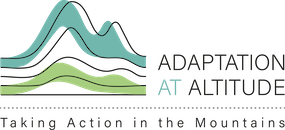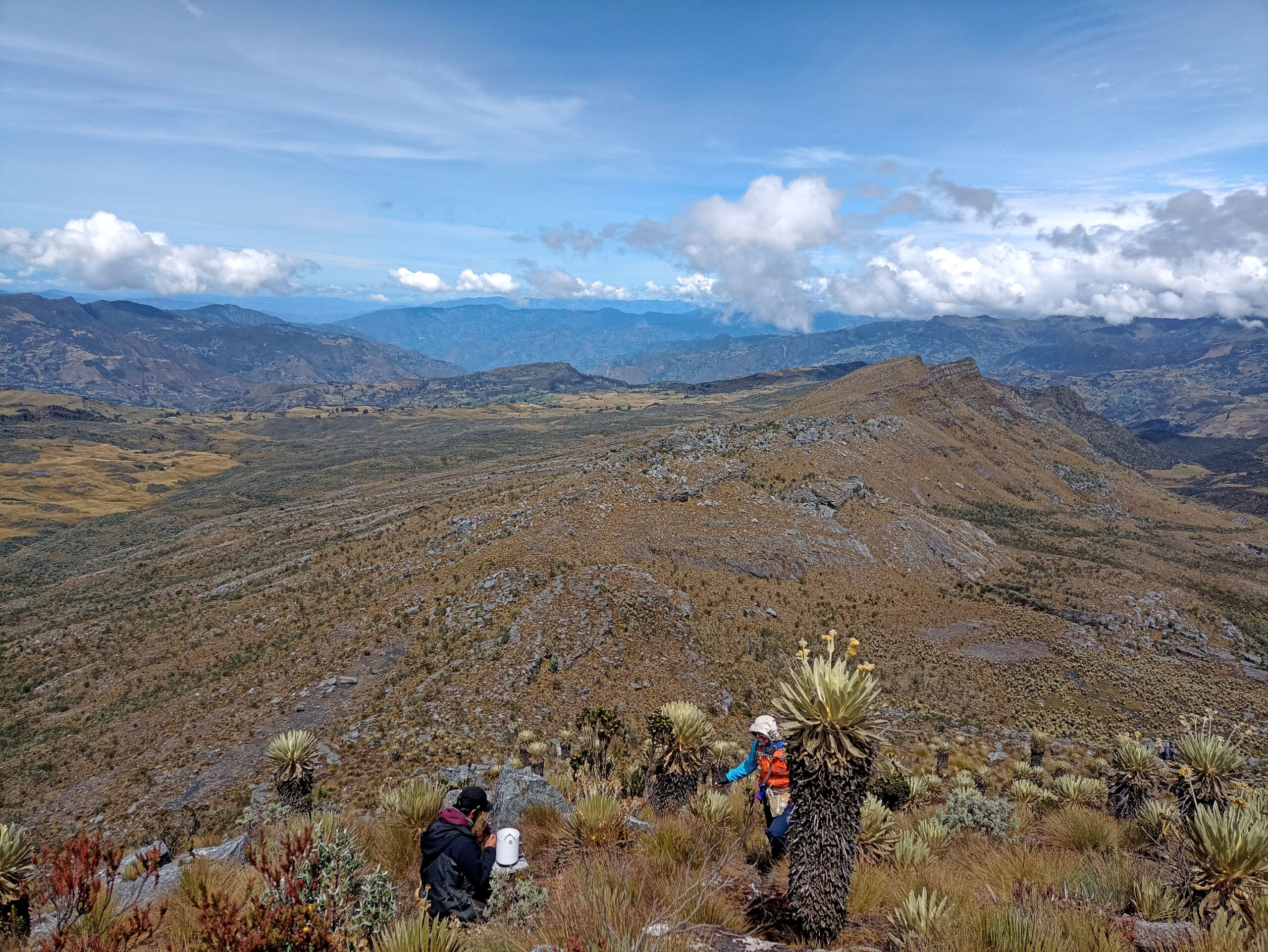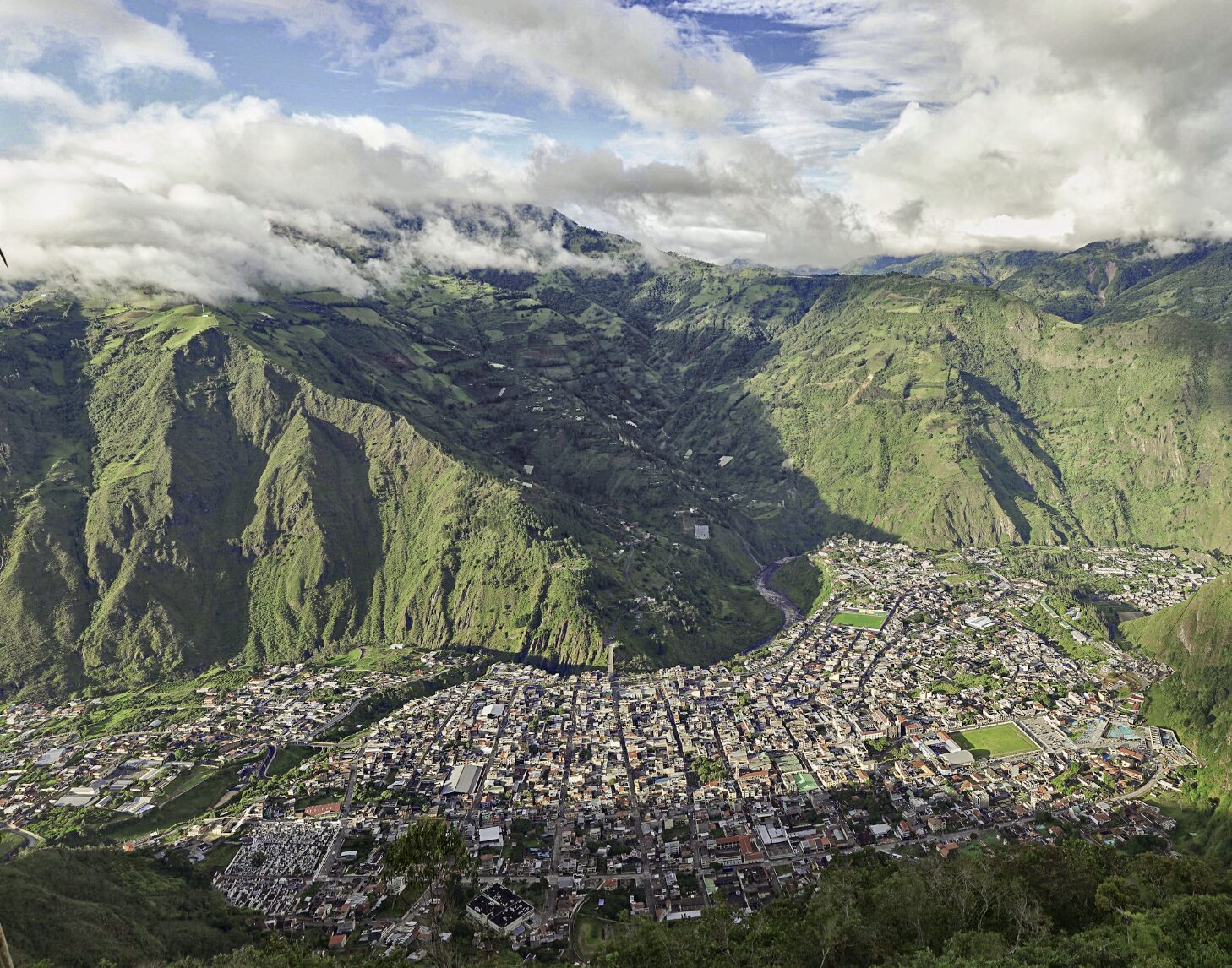Strengthening socio-environmental monitoring in the Andes

Summary
Long-term integrated socio-environmental monitoring strategies, incorporating different disciplines, scales and landscapes, is essential to assess the impacts caused by changes in land use and climate change in the mountains, as well as identifying the drivers of both phenomena. In the Andes, recent efforts have been made to assess the current state of the many socio-environmental monitoring initiatives in the region, and to provide a strategy to unify approaches and strengthen regional networks. A new Policy Brief, Regional Synthesis: Strengthening Integrated Socio-Environmental Monitoring in the Andes, summarizes this analysis and evaluation process, and outlines the proposals and recommendations made by the research community.
This article summarises the ‘Regional synthesis: Strengthening integrated socio-environmental monitoring in the Andes’ publication. The original text (in Spanish) can be downloaded from the right-hand column. We highlight some of the publication’s key messages below, but please access the original text for more comprehensive detail, full references, or to quote text.
Monitoring in the Andes
The Andean mountains are the refuge of exceptional biodiversity, including three of the most important diversity hotspots on the planet, and their contribution to climate regulation is extremely important. In order to promote and implement solutions for adaptation to climate change in the complex variety of the Andean mountains, it is essential to have solid information on the state of socio-ecosystems, available for analysis of the new scenarios that arise with the changes. Socio-environmental monitoring is playing an increasingly key role in the region. Recently, it has been the subject of an in-depth evaluation, to determine to what extent it is covering the needs of knowledge management for adaptation, and in what way a regional integration of efforts can contribute to achieving the goals set.
A new publication, Regional Synthesis: Strengthening Integrated Socio-Environmental Monitoring in the Andes, synthesizes this analysis and evaluation process, and the recent proposals and perspectives of the research community. It includes a series of recommendations, product of discussion spaces where researchers from different Andean countries, involved for many years in monitoring systems in the Andes, have reflected on the weaknesses and strengths of the initiatives active in the region. The main events were the Exchange on integrated monitoring between long-term learning sites, held on April 23 and 26, 2023, in Chocó Andino, Ecuador; and several Workshops for the consolidation of an Andean Network of Socio-ecological Observatories (ROSA), in Tucumán, Argentina, between March and June 2023. The document is intended as a tool for researchers, implementers and decision makers in the design of more comprehensive knowledge management systems.
What is integrated socio-environmental monitoring?
The study defines it as a structured long-term strategy (of at least five years) for monitoring environmental and social processes and generate information for decision-making and territorial management. Its main features: clear goals, detailed design, proper data management and a flexible governance.
The term integrated refers to the combination of:
- A multiscalar approach, linking the drivers of change with responses from different scales: plots, ecosystems and landscapes, country, region.
- A multi-ecosystem approach, analyzing the interdependencies between the different ecosystems in the high Andes, along environmental and use gradients.
- A socioecological approach, studying the links between changes in social, economic and cultural contexts, with land use dynamics, and how all of this interacts with biodiversity and ecosystem services.
State of the art and recent advances
A recent study has identified gaps in knowledge for the establishment of a regional socio-environmental monitoring agenda in the Andes. Among them, the most important observation is that social aspects are underrepresented in long-term monitoring systems in the region. Community participation in monitoring systems is considered a key aspect, but still underrepresented, and it has been found that co-management between scientists and decision-makers at the political level is weak.
The creation and consolidation of several collaboration networks of monitoring systems in recent years is a big step forward. They are a powerful tool for the exchange of approaches and methodologies, the standardization of protocols, the development of joint capabilities and south-south cooperation in general. Examples are the GLORIA-Andes Network, the Andean Forest Network (RBA), the Regional Initiative for Hydrological Monitoring of Andean Ecosystems (iMHEA), or the Snow and Ice Working Group.
Priorities and recommendations
How to advance in the integration of disciplines, approaches, scales and networks?
Within the framework of the process of creation and consolidation of the ROSA Network, as well as in the exchanges in the Ecuadorian Chocó Andean and in Tucumán, Argentina, several experts in long-term integrated monitoring from different countries in the Andean region have made concrete recommendations. Priorities and specific actions are identified within a series of categories of analysis:
- Characterization of socio-ecosystems, taking into account all its elements. Actions include documenting the local cultural identity values, analyzing local perceptions on natural resources, and integrating the main anthropic activities in the monitoring system.
- Understand how the systems work, articulating social and environmental information. It is recommended that key social variables are identified, in order to generate knowledge that includes social and demographic aspects, and allows for comparative analysis. Monitoring of hydrological, climatic, economic or political changes should be done in a systematic way, following shared protocols along the region.
- Looking also outside the system, analyzing external dynamics and their influences. Climatic change is one of the main external factors affecting the socio-ecosystems, but not the only one: international trading, global environmental policies, migrations or mining of new strategic elements should also be taken into account.
- Knowledge and information management, making information available to everyone. Regional research and monitoring networks should be created or consolidated, promoting science-politics dialogue and developing new knowledge and data-sharing strategies.
- Science-based governance, making decisions with monitoring information. Strengthening regional and national capacities, promoting a unified research agenda for the private and public sectors, and identifying financing opportunities are among the actions quoted.
Suggested citation
Flores, S., Llambí, LD. 2024. Regional Synthesis: Strengthening Integrated Socio-Environmental Monitoring in the Andes. CONDESAN, COSUDE, Adaptation at High Altitudes, Quito, Ecuador.





Comments
There is no content